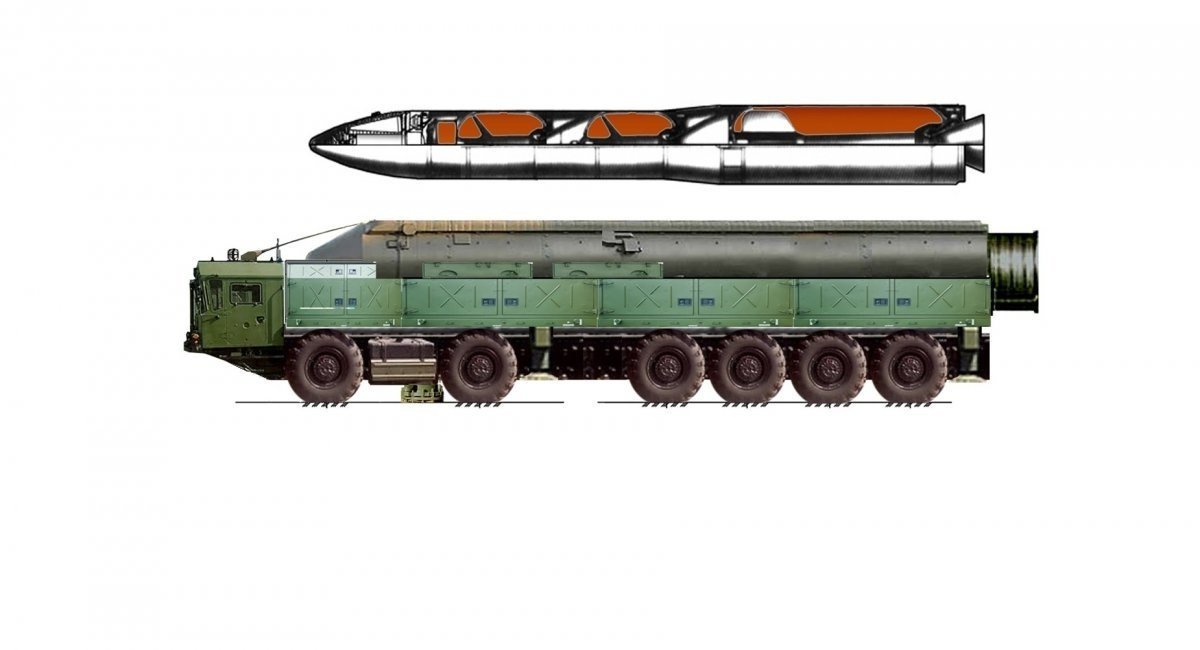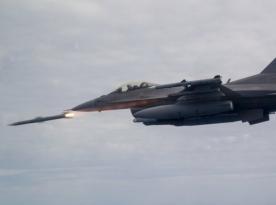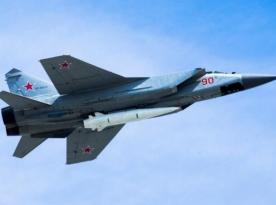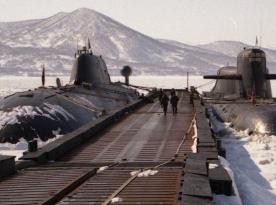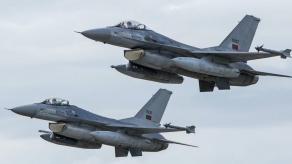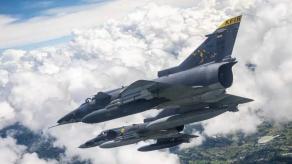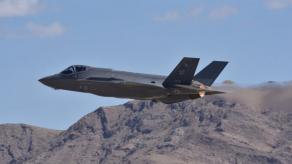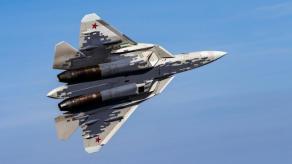On August 4, 2025, the russian Ministry of Foreign Affairs issued a statement declaring that russia no longer considers itself "bound by the restrictions of the INF Treaty," which prohibited the deployment of short- and medium-range missiles in Europe. This statement can be considered hypocritical, as russia unilaterally withdrew from the INF Treaty in 2019 and subsequently began deploying ground-based cruise missiles from the Iskander-K family.
Against this backdrop, the question arises as to how russians assess their current capabilities to deploy the Oreshnik intermediate-range ballistic missile. This is especially relevant following russian President Putin's statement on Friday, August 1, 2025, about the alleged start of serial production of such ballistic missiles.
Read more: Secret Data on russia's K-555 and Borey-A–Class Submarines, Secured by Ukrainian Intelligence, is Worth its Weight in Gold

Summarizing the assessments currently available from russian sources, it appears that even if the Kremlin dictator has announced the "start of serial production of the Oreshnik missile," this does not mean full-scale deployment. Most likely, it refers to the delivery of the first division, consisting of two or three launchers and support vehicles, which can currently be deployed at the Kapustin Yar test site. At the same time, such equipment may still be undergoing field testing within the troops.
It is particularly notable that russians rely on preliminary data confirming only one launch of the Oreshnik IRBM, which took place on November 21, 2024, on the city of Dnipro.
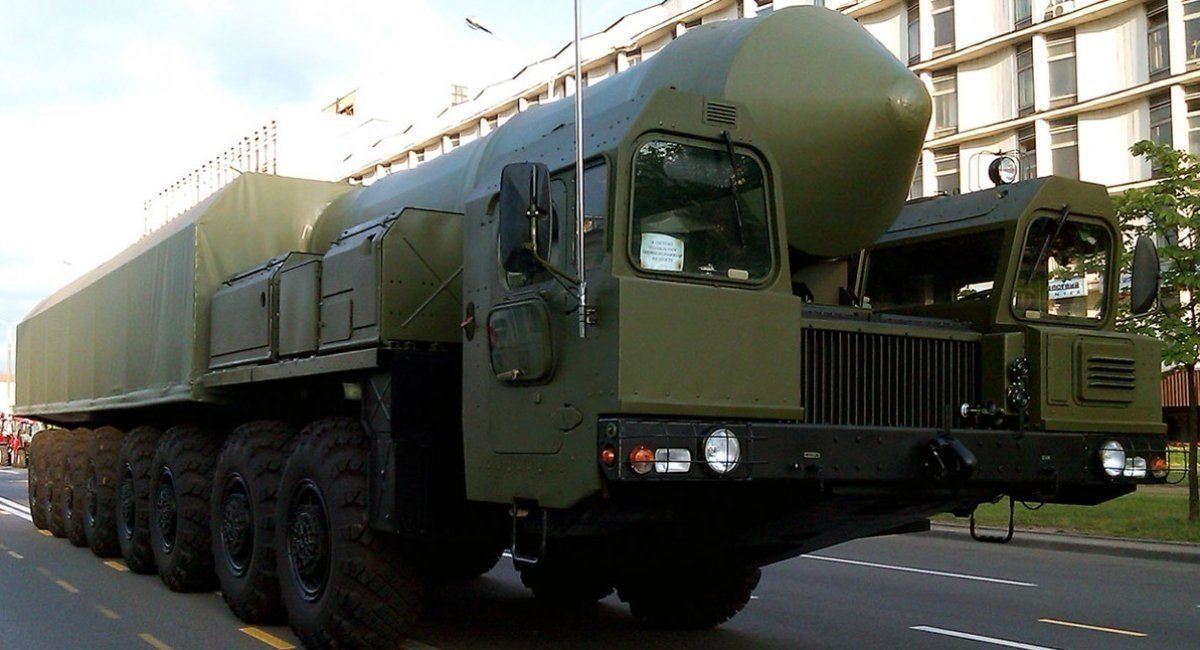
The basis for the following assumption is not entirely clear, but russians believe that their military industry will be capable of producing another Oreshnik IRBM division by the end of 2025, consisting of two to three mobile launchers and support vehicles.
However, attention is drawn to the stated announcement that the deployment of intermediate-range ballistic missiles will occur "as publicly as possible," either on the territory of Belarus or, potentially, in the "European" part of the russian federation.
From Defense Express we would like to emphasize that the IRBMs russia has already developed, produced, and deployed — in violation of all provisions of the INF Treaty — include, in particular, the Iskander-K, which was used to strike Kyiv on July 31, 2025. We explained why such missiles are difficult to shoot down in a separate article.
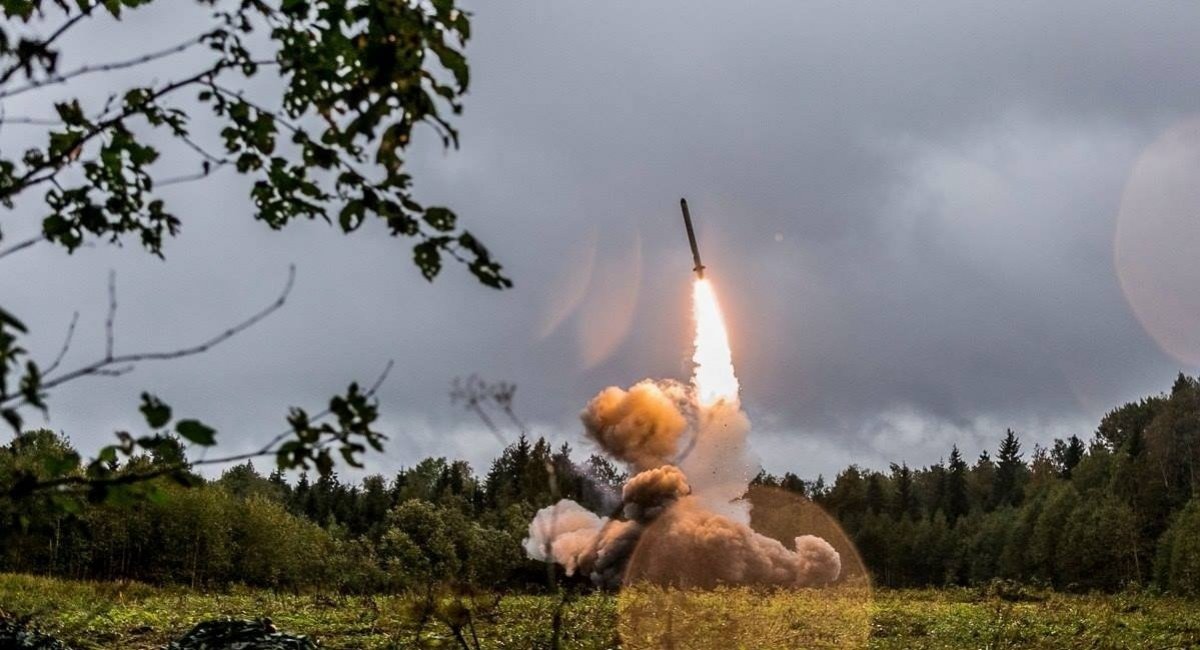
Read more: Ukrainian Partisans Scout Out russian Plant Producing Chassis for Buk-M1-2, Tor-M1, and Tunguska-M1 Systems




